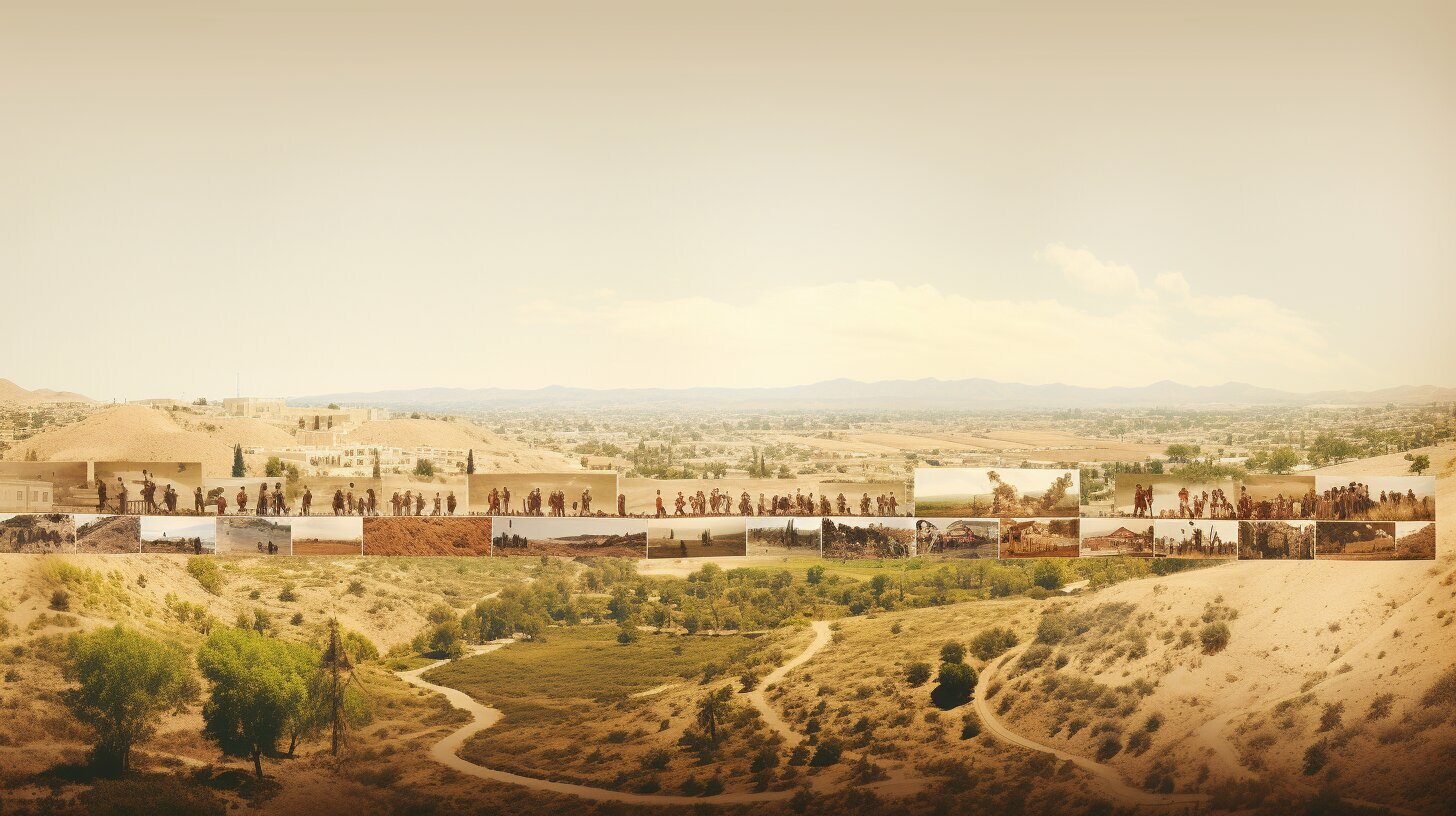Have you ever wondered when Temecula became part of Riverside County? Understanding the history of Temecula’s incorporation into Riverside County is crucial to understanding its present. Let’s take a closer look at the historical background of Temecula.
The city of Temecula is located in southwestern Riverside County, California. The area was first inhabited by the Pechanga Band of Luiseño Indians, who named the area “Temecunga,” meaning “The Sun That Shines Through The Mist.”
In 1859, the Temecula Valley was acquired by the United States government through the Treaty of Temecula with the Pechanga Band of Luiseño Indians. Afterward, the area became popular for ranching and agriculture.
Temecula’s incorporation into Riverside County was a significant event in its history. It brought about many changes for the city, including increased access to services and resources. But when did Temecula become part of Riverside County? Let’s take a look.
Key Takeaways
- Temecula was first inhabited by the Pechanga Band of Luiseño Indians, who named the area “Temecunga.”
- The area was acquired by the United States government in 1859 through the Treaty of Temecula.
- Temecula’s incorporation into Riverside County was a significant event in its history, bringing about many changes for the city.
The Early Years: Temecula’s Formation and Jurisdiction
Temecula’s history is rooted in the early years of its formation and jurisdiction. Determining when Temecula became part of Riverside County involves a deep dive into the town’s past, including its incorporation and formation.
In 1859, the first community in Temecula was established, and shortly after, the town was officially incorporated in 1989. This incorporation was a significant step towards establishing Temecula as a city in its own right.
However, it wasn’t until 1893 that Riverside County was formed, and Temecula became part of it. This marked a significant moment in Temecula’s history, as it brought new opportunities for growth and development.
The Significance of Jurisdiction
Jurisdiction played a crucial role in Temecula’s early years. Before becoming part of Riverside County, Temecula’s jurisdiction was in San Diego County. This meant that decisions regarding the town’s development had to go through San Diego County officials, which could sometimes lead to delays and setbacks.
By becoming part of Riverside County, Temecula gained more control over its own development. The town could make decisions for itself, without having to wait for approval from another county. This newfound freedom allowed Temecula to grow more quickly and establish itself as a prosperous city.
Understanding Temecula’s incorporation, formation, and jurisdiction is crucial in understanding how the town became part of Riverside County. The next section will explore the impact of this move and how it shaped Temecula’s future.
FAQ
Q: When did Temecula become part of Riverside County?
A: Temecula officially became part of Riverside County on December 1, 1989.
Q: What is the historical background of Temecula’s incorporation?
A: Temecula was incorporated as a city on December 1, 1989, marking its transition from an unincorporated area to a fully recognized municipality within Riverside County.
Q: How did Temecula’s jurisdiction evolve over time?
A: Temecula’s jurisdiction has evolved throughout its history. Initially, it was part of San Diego County until 1853 when it became part of San Bernardino County. It remained under San Bernardino County until 1893 when it was transferred to Riverside County.
Q: Why is it important to understand Temecula’s history?
A: Understanding Temecula’s history is important as it provides insight into the development and growth of the city. It helps us appreciate the cultural heritage, landmarks, and events that have shaped Temecula into what it is today. Additionally, knowing the historical context allows for a better understanding of the decisions and policies that have shaped the present of the city.

